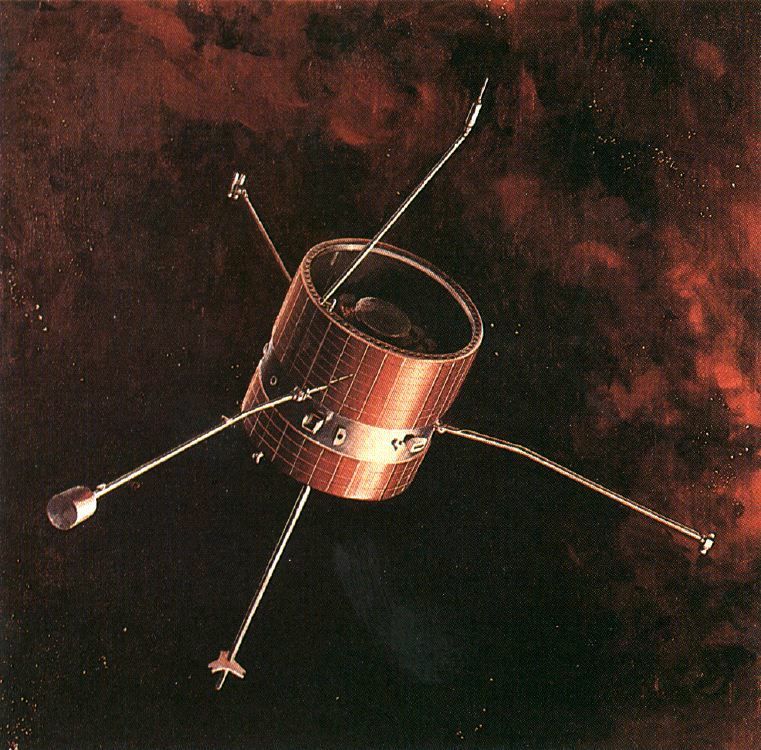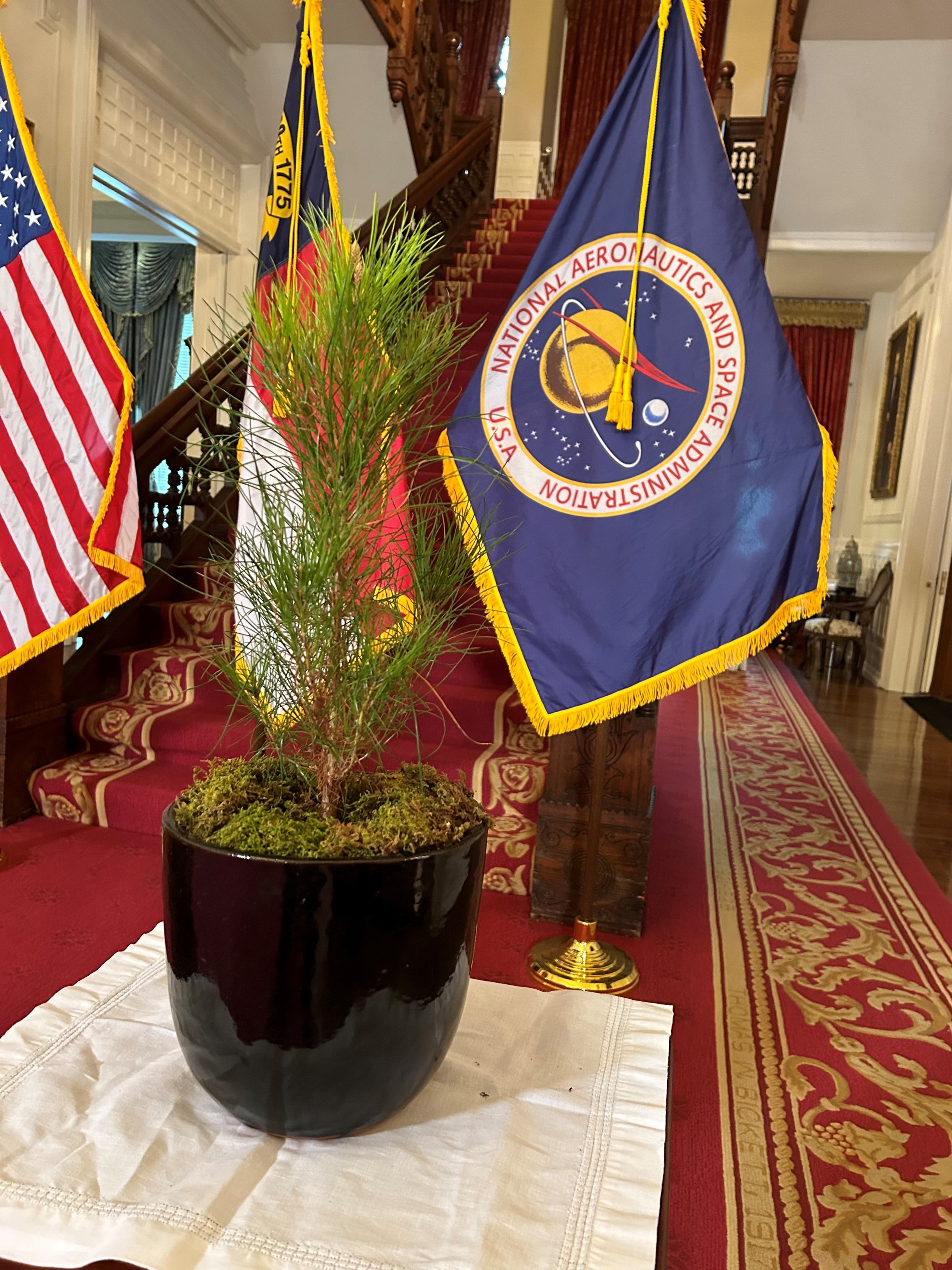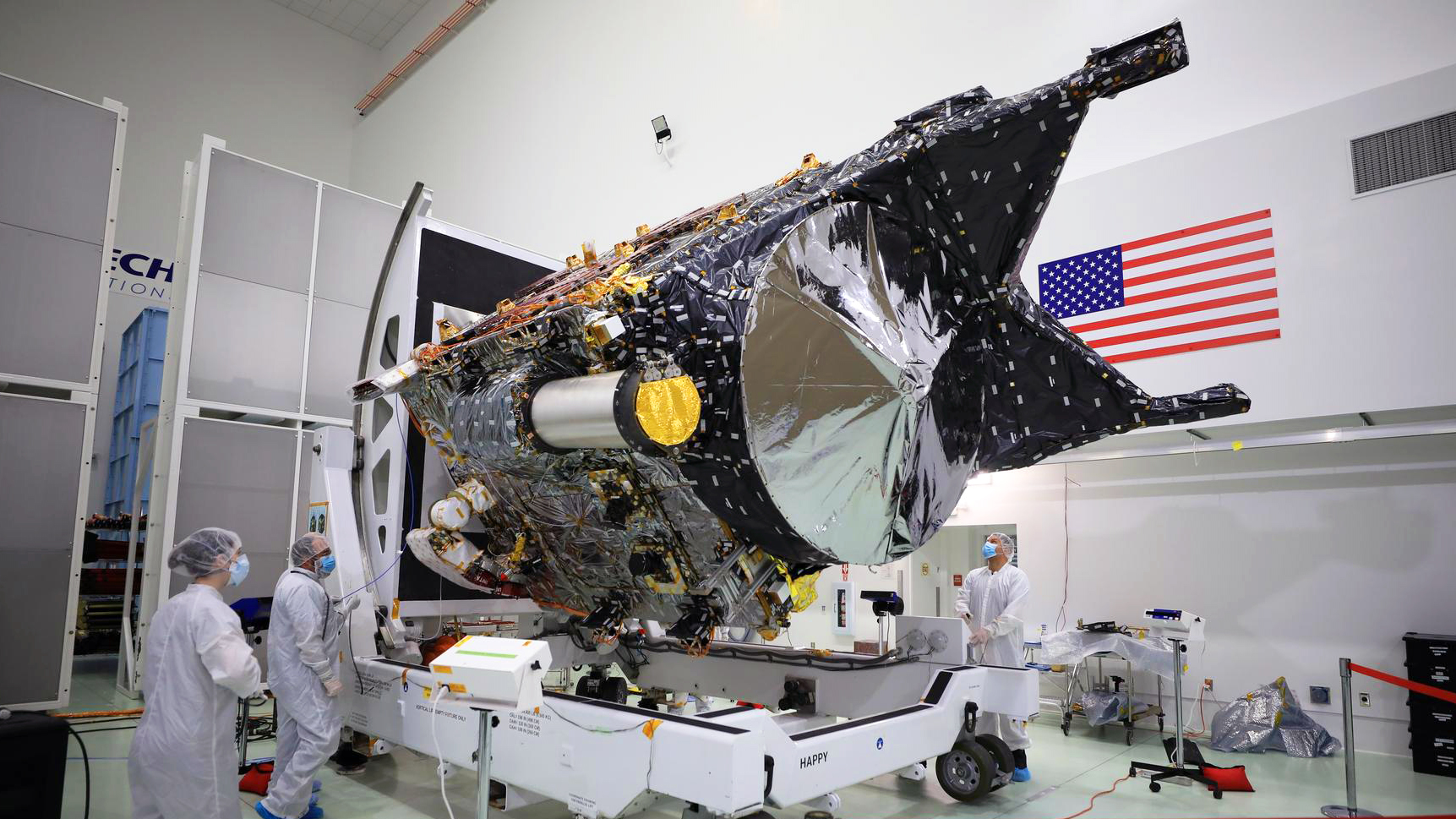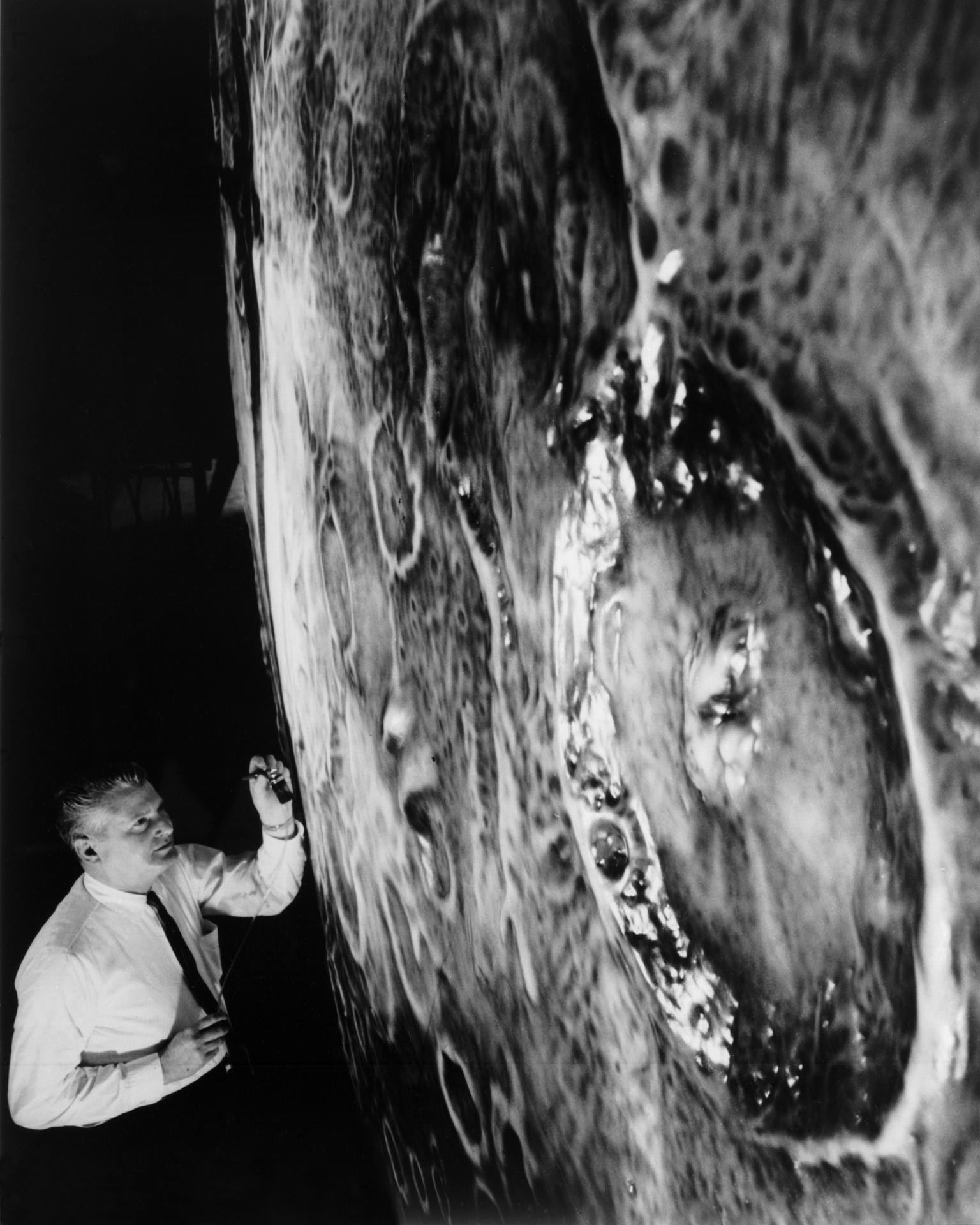Pioneer 8
Type
Launch
Target
Objective
NASA's Pioneer 8 was launched to heliocentric orbit to study interplanetary space. It sent back data for nearly 30 years.

What was Pioneer 8?
NASA's Pioneer 8 was launched to heliocentric orbit to study interplanetary space. It sent back data for nearly 30 years.
Nation | United States of America (USA) |
Objective(s) | Heliocentric Orbit |
Spacecraft | Pioneer-C |
Spacecraft Mass | 144 pounds (65.36 kilograms) |
Mission Design and Management | NASA ARC |
Launch Vehicle | Thrust-Augmented Thor-Delta (Thor Delta E-1 no. 55 / Thor no. 489 / DSV-3E) |
Launch Date and Time | Dec. 13, 1967 / 14:08 UT |
Launch Site | Cape Canaveral, Fla. / Launch Complex 17B |
Scientific Instruments | 1. Single-Axis Fluxgate Magnetometer 2. Plasma Analyzer 3. Cosmic Ray Telescope 4. Radio-Wave Propagation Experiment 5. Cosmic Ray Gradient Detector 6. Electric Field Detector 7. Cosmic Dust detector 8. Celestial Mechanics Experiment |
Key Dates
Dec. 13, 1967: Launch
Dec. 15, 1967: Arrived at Earth's magnetospheric bounds
Jan. 18, 1968: Spacecraft, Sun and Earth perfectly aligned to allow investigation of Earth’s magnetic tail
October 1982: Pioneer 8 came within 1.5 million miles (2.4 million kilometers) of Pioneer 9
July 23, 1995: NASA was unable to switch on Pioneer 8's transmitter
Aug. 22, 1996: The spacecraft was last successfully tracked.
In Depth: Pioneer 8
Pioneer 8, like its two predecessors, was sent into heliocentric orbit to study interplanetary space, particularly to carry collect information on magnetic fields, plasma, and cosmic rays for two or more passages of solar activity.
Although the spacecraft carried a different complement of scientific instruments than Pioneers 6 and 7, its findings were correlated with the other two probes.
The spacecraft was launched into a path ahead of Earth to provide the vehicle with added velocity in solar orbit to move out beyond Earth’s orbit at 1.0080 × 0.9892. AU. Pioneer 8 arrived at Earth’s magnetospheric bounds at 19:00 UT Dec. 15, 1967.
Later, on Jan. 18, 1968, the probe, the Sun, and Earth were perfectly aligned to allow investigation of Earth’s magnetic tail in detail, a feat first performed by Pioneer 7 in 1968.
By June 1968 data from the probe led scientists to speculate that Earth’s magnetic tail might be shorter than the approximately 199 million miles (320 million kilometers) suggested by theoretical calculations.
In August of the same year, NASA scientists at the Deep Space Network (DSN) announced that they had managed to quadruple the distance over which signals from the three solar Pioneers could be heard. These improvements were enabled by changes in the DSN receivers.
In October 1982, Pioneers 8 and 9 came within 1.5 million miles (2.4 million kilometers) of each other—an “encounter” used to recalibrate Pioneer 8’s damaged plasma instrument.
Controllers intermittently maintained contact with the spacecraft for nearly 30 years, although only one instrument—the electric field detector—remained operational past 1982.
During tracking on July 23, 1995, NASA was unable to switch on Pioneer 8’s transmitter, probably because the spacecraft was too far away from the Sun to charge its solar panels.
On Aug. 22, 1996, contact was reacquired via a backup transmitter. Although there were no further plans to contact the spacecraft, the on-board electric field detector remained at least hypothetically functional in 2015, nearly 48 years after launch.
The original launch vehicle also carried a second payload, the Tts I (Test and Training Satellite I, later renamed Tetr I), fixed to the second stage, which was successfully ejected after the third stage finished firing, and entered an Earth orbit of 303 × 187 miles (488 × 301 kilometers) at a 33-degree inclination. It reentered Earth's atmosphere on May 14, 1968.
Key Source
Siddiqi, Asif A. Beyond Earth: A Chronicle of Deep Space Exploration, 1958-2016. NASA History Program Office, 2018.









